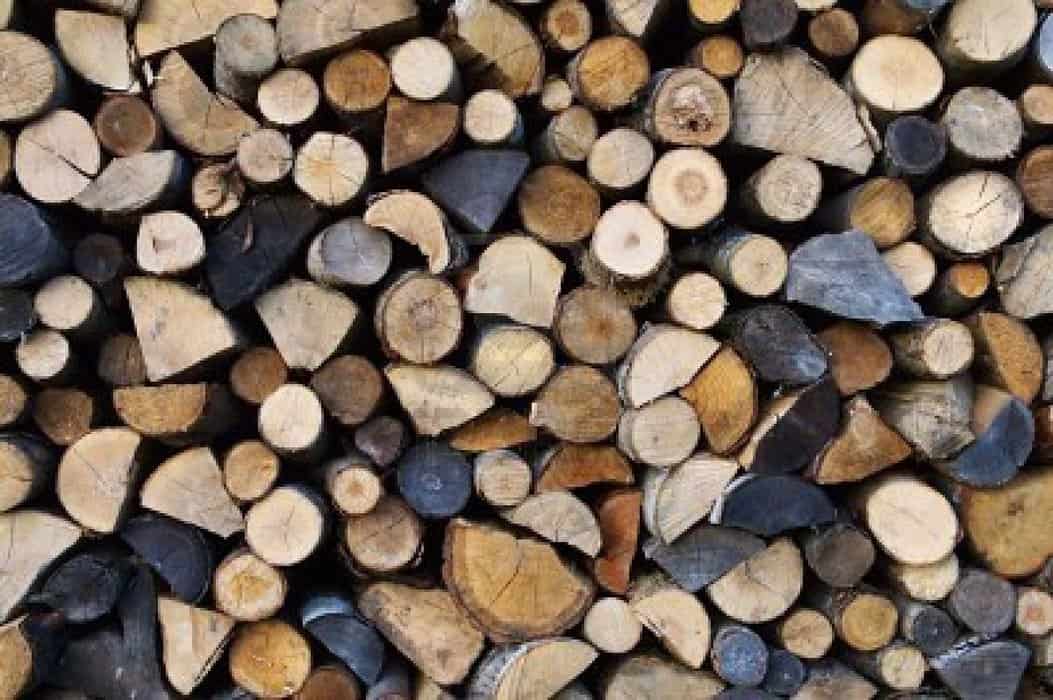
The Art of Self-Preservation: Maintaining and Storing Firewood Efficiently
Winter brings the cozy warmth of a crackling fire, but that comfort relies on well-maintained and properly stored firewood. Learn the essential tips for maintaining and storing firewood yourself to ensure a steady supply of fuel for those chilly evenings.
Choosing the Right Firewood
The journey to a well-stocked firewood supply begins with selecting the right type of wood. Hardwoods like oak, maple, and hickory are excellent choices as they burn hotter and longer. Softwoods like pine ignite quickly but burn faster, making them ideal for kindling. A mix of both hardwoods and softwoods provides a balanced and efficient burn.
Properly Season Your Firewood
Freshly cut or “green” wood contains a high moisture content, making it challenging to burn efficiently. To maximize heat output and minimize creosote buildup, season your firewood. This involves allowing the wood to dry out for at least six months to a year. Stack the wood in a dry, well-ventilated area, elevating it slightly off the ground to facilitate air circulation.
Establish a Covered Firewood Storage Area
Shield your firewood from the elements by creating a covered storage area. A simple yet effective solution is a firewood shed or a purpose-built firewood rack with a weatherproof cover. This protects your seasoned firewood from rain and snow, ensuring it stays dry and ready for use.
Arrange Firewood for Proper Airflow
When stacking firewood, prioritize proper airflow to facilitate the drying process. Stack the wood loosely, allowing air to circulate between the logs. This not only aids in seasoning but also reduces the risk of mold and mildew growth. An organized and well-ventilated stack is crucial for maintaining high-quality firewood.
Regularly Inspect for Pests and Mold
As a responsible firewood steward, regularly inspect your stored wood for signs of pests and mold. Termites, ants, and other insects can make a home in your firewood stack, while mold can thrive in damp conditions. Promptly address any issues to prevent infestations and maintain the quality of your firewood.
Rotate Your Firewood Stock
Adopt a “first in, first out” approach to using your firewood. Rotate your stock to ensure that the oldest wood gets used first, preventing it from becoming overly seasoned. This practice also helps manage inventory and prevents the accumulation of unused wood that may deteriorate over time.
Invest in Proper Firewood Tools
Maintaining and storing firewood efficiently requires the right tools. Equip yourself with a sturdy ax or a reliable log splitter to cut your wood to the desired size. Additionally, invest in a quality firewood rack for organized storage, and consider a moisture meter to monitor the wood’s dryness level.
Store Firewood Away from the Home
While it’s convenient to have firewood close to your home, storing it directly against your house is not advisable. Doing so can attract pests and create a bridge for termites to access your home. Keep firewood at least 20 feet away from your house to mitigate these risks.
Utilize Fallen Branches and Tree Trimmings
Extend your firewood supply sustainably by utilizing fallen branches and tree trimmings. After storms or routine tree maintenance, collect suitable wood for processing. This not only reduces waste but also provides an additional source of firewood without contributing to deforestation.
Explore Fund Your Purpose for More DIY Insights
For additional insights into maintaining and storing firewood yourself, visit Fund Your Purpose. The platform offers valuable resources and DIY tips to help you make the most of your home projects. By mastering the art of firewood preservation, you not only ensure a warm and inviting home but also contribute to sustainable practices in managing your resources.










